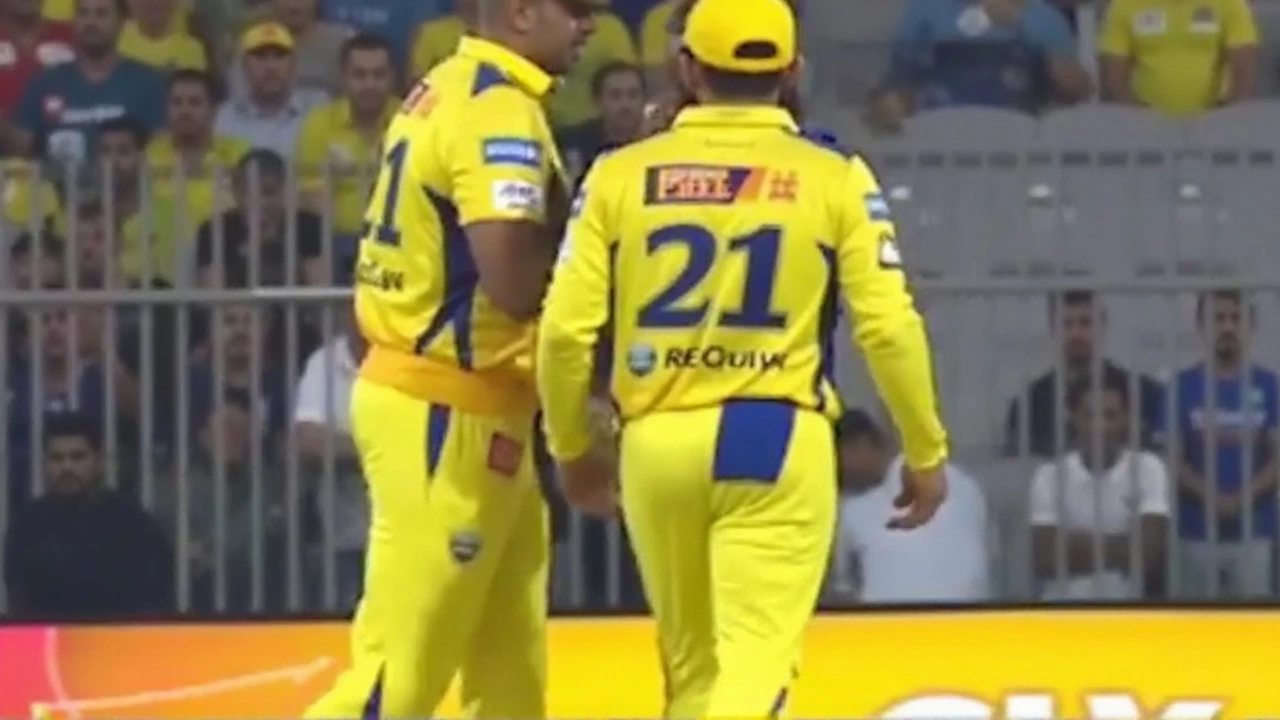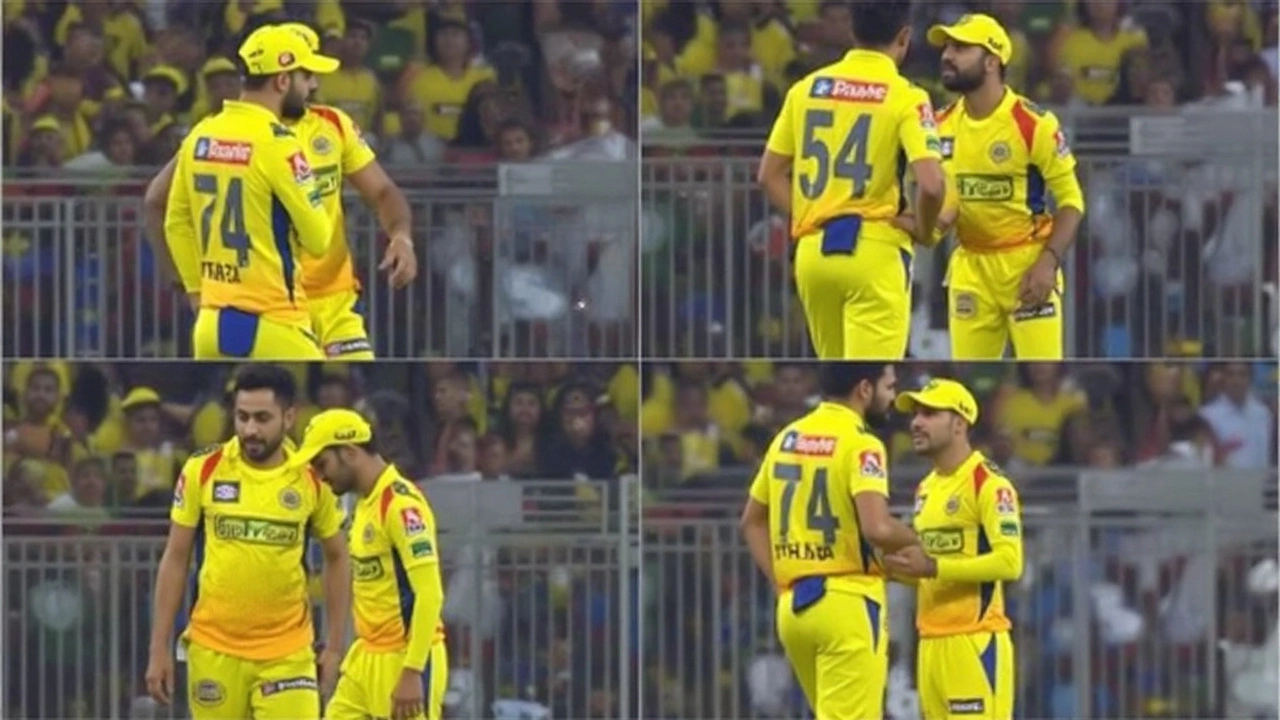Ball Tampering in Cricket – What It Is and Why It Matters
When talking about ball tampering, the act of illegally altering a cricket ball’s condition to gain an unfair advantage. Also known as ball alteration, it directly affects swing, seam movement, and ultimately the match result.
That’s why the International Cricket Council, the global governing body that sets and enforces cricket’s laws has a strict rulebook on this. The ICC outlines penalties ranging from fines to bans, and even match‑result reviews. In simple terms, ball tampering triggers investigations, can overturn scores, and often sparks heated debate among fans and pundits.
Why Ball Tampering Impacts the Whole Game
Beyond the obvious cheating angle, ball tampering touches on player discipline, match‑fixing concerns, and equipment standards. When a bowler shines by manipulating the seam, the batting side faces a tougher battle, the game’s integrity slips, and sponsors worry about credibility. The ICC’s disciplinary committee works with national boards to ensure that any breach—whether using sandpaper, a toothpick, or even excessive polishing—gets a transparent punishment.
Recent scandals have shown how a single act can ripple through a series: a bowler’s suspension, a captain’s resignation, and a media frenzy that questions the sport’s fairness. These episodes also highlight the role of technology—high‑resolution cameras and ball‑tracking data now help officials spot irregularities faster than ever. As the sport evolves, so do the methods to detect and deter ball tampering, keeping the game as clean as possible.
Below you’ll find a collection of recent stories, expert analysis, and the fallout from ball‑tampering incidents that have shaped cricket headlines worldwide.





